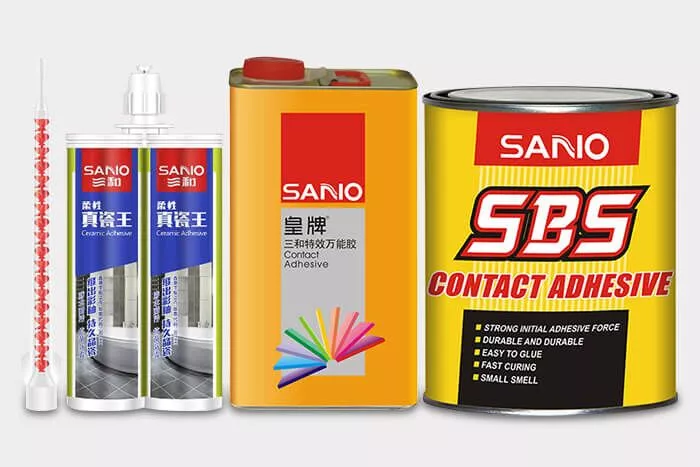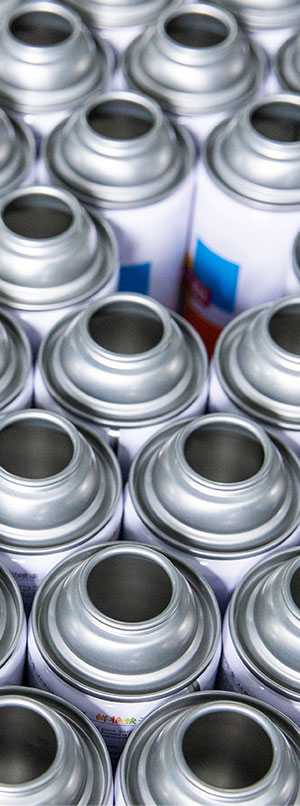Are you tired of using multiple products for different DIY projects? Contact adhesive might just be the solution to your problem! Whether you’re into woodworking, automotive repairs, or any other home improvement project where strong bonding is essential, contact adhesive can save you time and effort. But how strong is contact adhesive really? In this blog post, we’ll use SANVO as an example to explore the versatility and effectiveness of contact adhesive in various applications. Get ready to discover a game-changing product that could revolutionize the way you approach DIY projects!

What is contact adhesive?
Contact adhesive is a type of adhesive that can be used for a variety of purposes, including woodworking and automotive repairs. While contact adhesive is widely considered to be strong enough for most repairs, it’s important to use caution when using it.
Contact adhesive is often used to bond pieces of wood together or to attach parts of an automobile together. Because contact adhesive is so strong, it can be difficult to remove if it’s applied incorrectly. Make sure that the surface you’re bonding to is clean and free from any oils or other contaminants.
When using contact adhesive, be sure to apply a thin layer and wait until the two surfaces are fully joined before removing the adhesive. If the adhesive doesn’t seem very sticky after being applied, add more glue until it does. Contact adhesive can also be heat-mixed with other materials in order to increase its viscosity.
How strong is contact adhesive?
Contact adhesive is a commonly used tool in the woodworking and automotive repair industries. It is a type of adhesive that comes in various strengths, depending on the application. Contact adhesive can be used to attach pieces of wood together or to attach parts of an automobile.
The strength of contact adhesive depends on a number of factors, including the type of adhesive, the surface area being attached, and the force being applied. The general rule of thumb is that contact adhesives are stronger than general-purpose adhesives. However, this rule is not always applicable; for example, contact adhesives are weaker than epoxy adhesives when applied to hardwood floors.
Conclusion
It can be difficult to know how much adhesive strength is required for various repair and woodworking tasks. In this article, we will discuss the difference between contact adhesive and non-contact adhesive, as well as highlight some of the most common uses for each. SANVO Contact Glues are multipurpose adhesives with outstanding resistance to abrasion, vibration, moisture, and severe temperatures, resulting in prolonged outdoor dependability.
